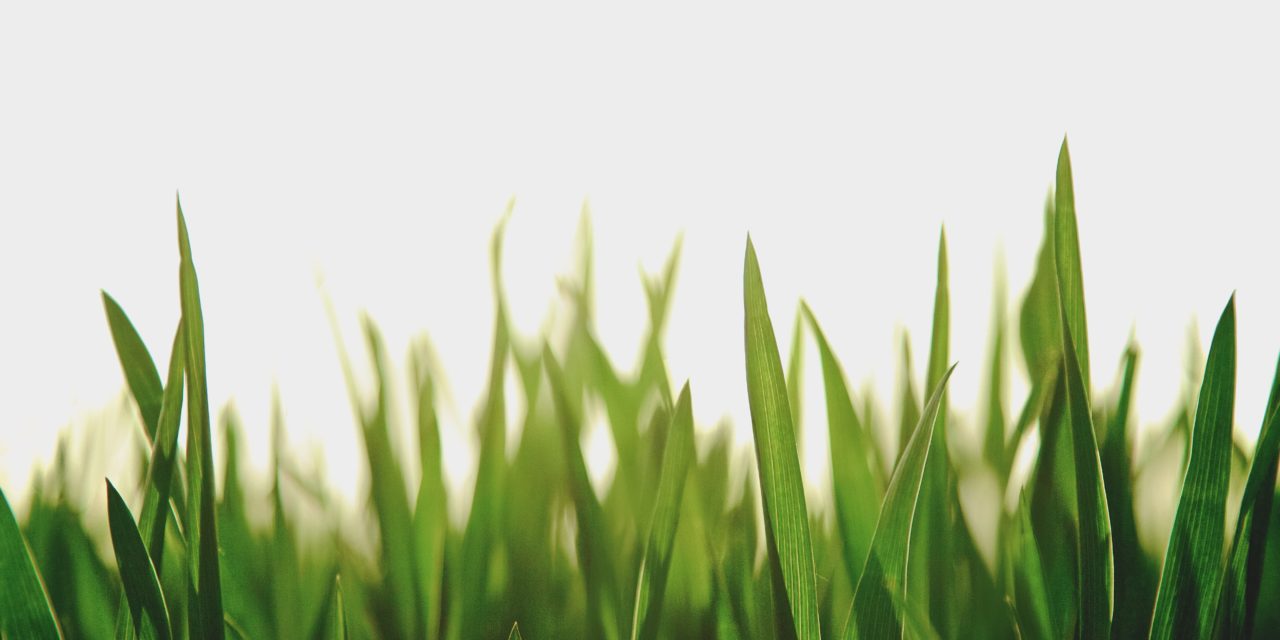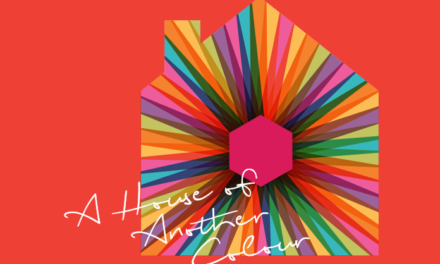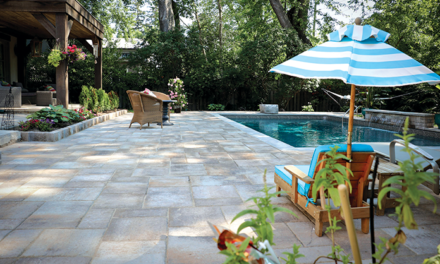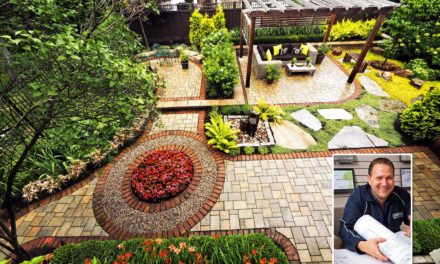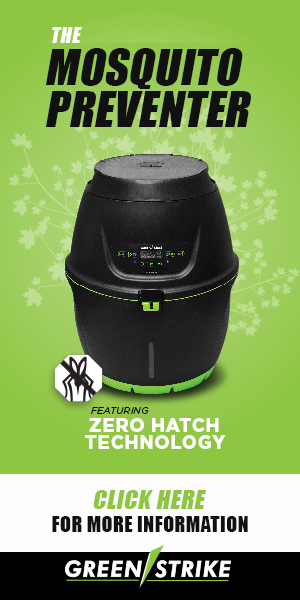 By Glenn Curtis – The Quebec Quonnection
By Glenn Curtis – The Quebec Quonnection
Apply seed or install rolls of sod? That’s the question many homeowners are asking themselves at this time of the year.
Surveying the state of their front and back lawns for the ravages of winter or the scourge of grubs, the decision to do a complete overhaul or perhaps rehabilitate parts of the property should be made with some basic information.
In my almost 40 years in the landscape industry, I have learned that certain factors have to be carefully considered before deciding on seed or sod to bring a lawn back to its original glory and healthy appearance.
Of course assessing the damages done to a lawn is often the first step to realizing just how much spring and early summer maintenance your lawn needs. At Plantenance we regularly inspect our clients’ landscapes to understand the extent of any natural or insect based damage. Often a simple top dressing of good quality soil, some location- specific seeding and some light watering will thicken up areas of the lawn that have suffered the most.
But the more serious problems require more serious interventions. So then the decision to re-seed or re-sod becomes one the homeowner should arrive at with both eyes open. I’ve got nothing against re-seeding. There are some truly first-rate grass seed brands out there, and with a variety of rapid germination seeds available, it’s always better to go with a premium quality albeit more expensive brand of seed than with one of the multitude of cheaper, low grade varieties which tend to die off quickly or develop so sparsely that it requires constant reapplication to sustain any significant growth.
Although seeding a large expanse of lawn is initially cheaper than the sod alternative, I’m honest and up front with clients when I tell them that a complete property overhaul by seeding alone, usually results in a high maintenance, time consuming and generally frustrating alternative for a quick fix for their lawnscape woes.
In fact, the successful seeding of a new lawn requires that the soil surfaces remain constantly damp for proper germination to occur, and can require multiple re-applications of seed and perhaps several growing seasons to mature into that much desired, dense lawn surfacing. Oh yes, did I mention the countless hours of valuable “free time” that you will inevitably have to spend carefully removing the multitude of weeds that will undoubtedly develop just as quickly as your new lawn seems to sprout? Keep the seeding process for those small lawn repairs or for effectively thickening or strengthening of your already established grounds.
Sod on the other hand, is perhaps the closest one can come to achieving instant lawn gratification. The Kentucky mix sod our team installs is intentionally delivered to our job site immediately after having been cut and prepared at the sod farms, thereby ensuring the new grass is technically “fresh” and healthy when we complete a lawn for a project. In addition to an average 4.0” of a sifted topsoil sub base, ideally we prefer to install no more than 8 hours following delivery, thereby minimizing stress to the lawn and the potential for dehydration or even rot. The Kentucky Mix is a blend of the most common species of grasses that are proven to thrive well in our somewhat harsh Canadian climate. With relatively warm days and cool nights, this time of the year is ideal sodding weather as is the early fall season. In the midst of summer and with the potential for extreme heat, the timing of an installation, as well as the increased watering requirements are undoubtedly crucial to the success and long term health of a new lawn installation.
In the final analysis, you may have to rely on the local sod farm to lay the essential groundwork for you, but it is easily an investment that will certainly pay dividends in quickly and easily establishing your new and healthy lawn.

